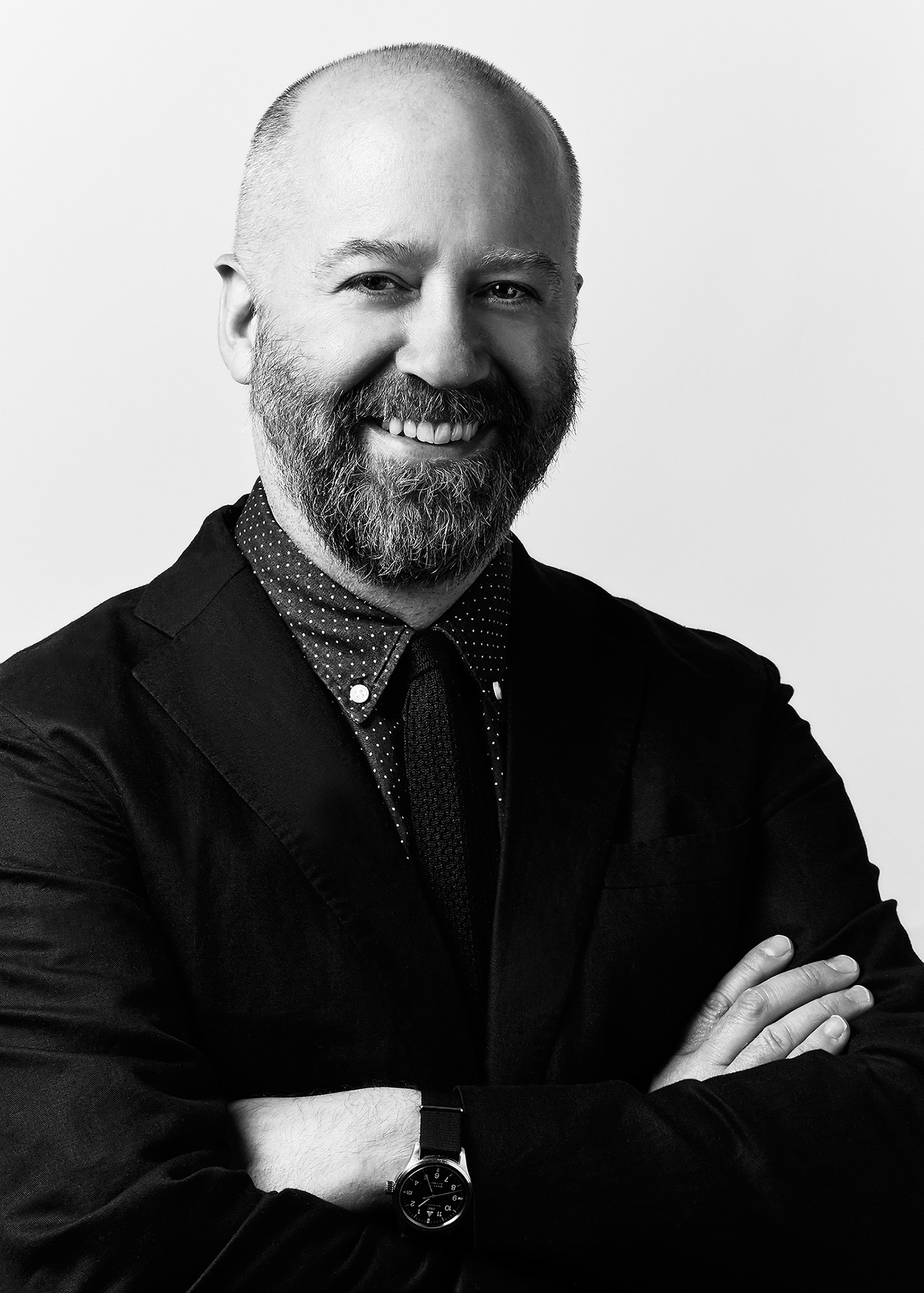American factories: Red Wing Shoes

Back in 2008, while visiting my family in Minnesota, I went on a tour of the Red Wing Shoe factory and its adjacent S.B. Foot leather tannery in Red Wing, Minnesota. I brought my brother, professional photographer Morgan Sheff, along to document the visit. All photos here are his. While Red Wing no longer makes all of its footwear in America, they certainly make a lot of it here, and at the time of our visit, production seemed to be increasing after interest abroad began to affect the domestic market.
The town of Red Wing, Minnesota is about 35 miles south of Minneapolis and St. Paul on the Mississippi River. Red Wing (population 16,000) was recently rated high on National Geographic’s list of well-preserved historic places.
The Red Wing Shoe company has been around since 1905. It was founded by a shoe seller named Charles Beckman, who began making boots for Minnesota laborers: miners, farmers and loggers.
Boots originally designed for those trades now form much of the company’s Heritage Collection, which flourished in the Japanese and European markets before finding their way back home to American consumers.
This machine below, one of the oldest machines Red Wing uses, was one of my favorites. It’s been in use since the factory opened more than 100 years ago. It’s for nailing the heels onto a boot sole.
Many of these giant old cast iron machines still do the jobs they were designed for many decades, and in some cases, nearly a century ago.
Others are clearly not as old. It was impressive to see how many individual steps by skilled workers each boot goes through, from cutting leather and shaping soles to stitching and glueing.
A surprising highlight of the tour was the S.B. Foot Tannery, a leather tanning facility that has been in business much longer than Red Wing Shoe. The Tannery was a long-time supplier of leather to Red Wing, and the shoe company bought it outright in about 1987. At the time, the Tannery supplied leather to a wide variety of groups, including the U.S. military and Red Wing’s rival Timberland. S.B. Foot still sells leather to everyone from makers of motorcycle seats to leather gasket companies, but Red Wing Shoe is their biggest customer.
Our guide, retired plant safety director Gene Kennedy, says this may be the largest complete tannery in the country. By complete, Kennedy means that S.B. Foot handles the entire tanning process from cowhides to finished leather.
Kennedy was an excellent guide, and his tour was peppered with a few grim accounts of industrial accidents from his tenure as safety director. For a plant with so many machines that flatten, wring, scour and grind, those accidents were mercifully few. His stories underscored what an intensive process leather tanning is.
The hides come to the tannery blue from a chromium treatment. There are a number of processes the hides go through before they leave, from splitting the hides, grinding them down to the desired thickness, washing them, dying them, oiling them, pounding them to soften them, wringing the excess moisture out them and drying them.
While we were there, the tannery had most of its huge chemical drums turning—some made of wood, others of steel—to wash the early chromium treatment out of the hides and add oils and pigments.
We were struck by all the different brands we saw in the hides. Most American ranchers still use hot iron brands to mark cattle, and Kennedy told us that brands have gotten bigger so that ranchers can identify their stock from the air. This poses a problem to anyone who needs a clear hide, but the Kennedy noted that some of their Japanese customers actually looked for the big brands.
























